Frontiers in Neurology 01 frontiersin.org Early poststroke clinically significant fatigue predicts functional independence: a prospective longitudinal study
Alan Juárez-Belaúnde 1†, Vanesa Soto-León 2, Michele Dileone 3,4,
Elena Orcajo 1, Natacha León-Álvarez 1, Alberto Muñoz 5,
Jesus Tornero 1 and Antonio Oliviero 1,2*
1 Advanced Neurorehabilitation Unit, Hospital Los Madroños, Madrid, Spain,
2 FENNSI Group, Hospital Nacional de Parapléjicos, SESCAM, Toledo, Spain,
3 Neurology Department, Hospital Nuestra Señora del Prado, SESCAM, Talavera de la Reina, Spain,
4 Department of Radiology, Faculty of Health Sciences, UCLM, Talavera de la Reina, Spain,
5 School of Medicine, Universidad Complutense de Madrid, Madrid., Spain
Background: Poststroke fatigue is a prevalent issue among stroke survivors, significantly impeding functional recovery and diminishing their quality of life.
Aim: This prospective cohort study aims to investigate the association between poststroke fatigue and the extent of functional recovery in survivors of ischemic and hemorrhagic strokes. Additionally, it seeks to delineate the temporal.
Methods: We assessed a cohort of 79 patients recovering from acute ischemic or hemorrhagic strokes. Poststroke fatigue was quantified using the Fatigue Severity Scale (FSS) and the Numeric Rating Scale (NRSfatigue). Patients’ condition was evaluated using the National Institute of Health Stroke Scale (NIHSS), and functional independence levels were determined using the Barthel Index for Activities of Daily Living (BIADL) and the Modified Rankin Scale (MRS). Depressive mood and pain were measured using the Beck Depression Inventory (BDI) and the Numeric Rating Scale for pain (NRSpain), respectively.
Results: Our primary findings indicate that the early manifestation of clinically significant fatigue (CSF) is predictive of a poorer trajectory in functional independence levels during recovery. Furthermore, we observed differing patterns of fatigue progression between ischemic and hemorrhagic strokes. Fatigue tends to ameliorate over time in hemorrhagic stroke cases, paralleling functional recovery, while it remains stable over time in ischemic stroke cases.
Conclusion: Our results underscore the detrimental impact of early poststroke fatigue on long-term outcomes. Furthermore, they highlight the imperative of managing poststroke fatigue, particularly during the subacute phase of stroke recovery.


